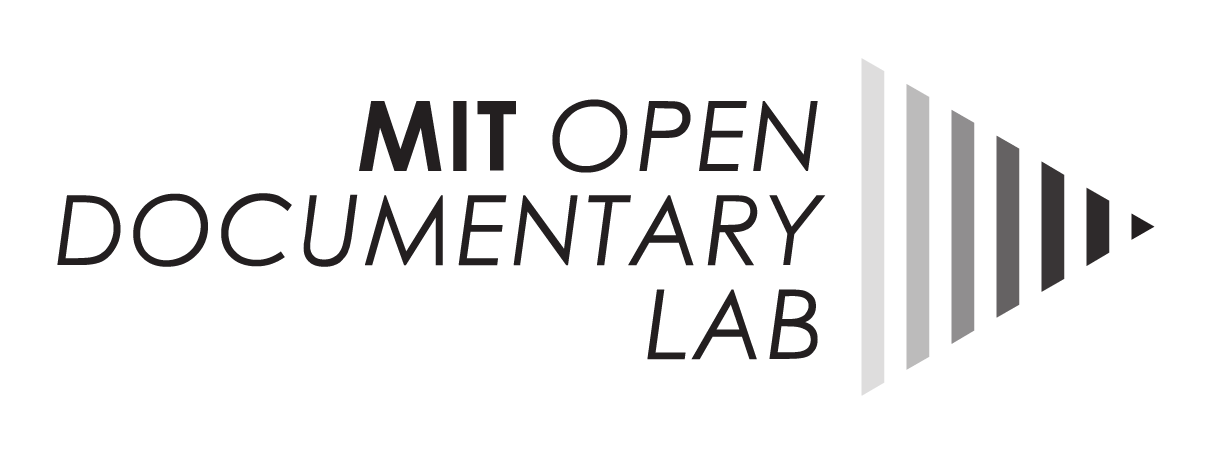
21 Oct Research Forum | Arnau Gifreu Castells on the distinction between linear and interactive documentaries, Part 1
The Research Forum is OpenDocLab’s space for researchers to voice their opinions and test new theories. As part of our mission to promote the exchange of ideas about the new arts of documentary, we hope to encourage academic discussion and debate about these emerging forms by creating a place where researchers can develop ideas and interact with the field. The views presented here belong to their authors, and will necessarily take different forms. In the spirit of the documentaries we study, we look forward to community collaboration and exchange as the ideas explored in the Research Forum take root, grow and support the development of the field.
The distinction between linear and interactive documentaries: the limits of authorship and discourse control
by Arnau Gifreu Castells
Since March 2013, we have been trying to define the interactive documentary with our Research Position at Open Documentary Lab. In the initial series we focused on analysing the two main components of the interactive documentary field – the documentary genre and interactive media – outlining some key concepts in the two fields.
In the next series of posts, we will establish the basic distinction between linear (audiovisual) and interactive documentaries, focusing in this first part on the limits of authorship and discourse control.
We can say that during the last decade the infiltration of the Internet in the mass media has created a simultaneous divergence and convergence of the media. So-called “old media” have simultaneously shaped and been shaped by the new interactive digital medium, and the documentary is no exception.
Interactive documentaries create a new logic for the representation of reality. The emphasis of this new logic lies in the relationship between the text and the user, when navigating and interacting, rather than how the author constructs a specific discourse on reality for traditional viewers. The proposals made with regard to the format discussed here do not usually differentiate between audiovisual and interactive documentary as they consider the second to be a natural evolution of the first, just like, for example, the natural fashion in which Web 1.0 became Web 2.0. This evolutionary approach seems insufficient to define a form which is so complex and varied. In this sense, Peter Wintonick gives us an initial insight, establishing some conceptual differences to be discussed further in this section:
“Docmedia take the complexities of conventional documentary and fuse them to the best qualities of new media. The playing with time. The responsibility to audiences. The Documentary as Database. Interactivity. The One to One and Many to Many. Real Truth, a million page-hits a second. Webdocs are new informational art forms.” (Wintonick, 2011, quoted by Lietaert, 2011, p. 8)
As a new “informational art form”, a set of new elements – play, time, audience, accountability, interactivity, etc. – differentiates it and distances it from its visual counterpart. According to Hugues Sweeney, producer of French interactive projects at the National Film Board of Canada, it is in the practice where the differences are most apparent:
“You wouldn’t write a book as you would a film, or a film as you would a book. If you do, we call this an adaptation and this means someone has to recreate each scenario to transform it into a film. If a book writer does a “save as” into a film, it is not going to work… they will need to work with a good film scriptwriter, and even there there’s no guarantee it’s going to be a good film. For the webdoc it is exactly the same problem. Thinking that webdocs are documentaries is a conceptual mistake. The documentary genre still exists and will still exist in coming decades, but what we’re seeing now is something else entirely.” (Sweeney, 2011, quoted by Lietaert, 2011, p. 29)
As Sweeney says, we are experiencing something completely different, the birth of a new form of communication where the logic of linear documentary is not applicable to the non-linear interactive sphere. These are two different recipes. The first characteristic that delimits the two domains is evident: in the first case, the traditional documentary functions according to linearity criteria, that is to say, we go from a starting point to an end point (A to B) and follow a route that is predetermined by the author of the work. The limits of authorship and discourse control are well defined. In the second case, we begin from a starting point proposed by the author (or chosen by us), and we gradually find branches and alternative paths depending on the route we take. The final decision does not lie with the director of the documentary, but with the interactor. It is, therefore, not a question of a single discourse but of divergent developments and, by extension, of various possible narratives. As seen in this second case, the preponderance of specific authorship and discourse control is diminished, a fundamental issue.
To sum up, the key element that differentiates the audiovisual from the interactive sphere is obvious: traditional narrative includes linearity and does not permit any alteration of the order of discourse, whereas in the interactive field the user may influence this order and modify it. As a second major differentiating idea, it can be said that the aim of both the linear and the interactive documentary is to document reality, but the types of material as regards the media and the preferences of the authors and participants end up creating very different final products. The linear documentary demands just one type of cognitive involvement of its audience, a mental involvement which results in an interpretation and a reflection on what is seen, while the interactive documentary requires, apart from the cognitive interpretation, a type of related physical participation and decision making that results in the use of the mouse, movement around the virtual scenario, the use of the keyboard and writing, speech, etc.
Arnau Gifreu Castells (PhD)
Research Affiliate, MIT Open Documentary Lab
agifreu@mit.edu
Post Image: Catalina Acelas
References
Gifreu, Arnau (2012), The interactive documentary as a new audiovisual genre. Study of the emergence of the new genre, approach to its definition and taxonomy proposal and a model of analysis for the purposes of evaluation, design and production. [Doctoral Thesis]. Barcelona: Universitat Pompeu Fabra. Communication Department.
Lietaert, Matthew, Webdocs… a survival guide for online filmmakers. Not so crazy! Idfa Doclab, 2011.
Wintonick, Peter, “Webdocs, Docmedia and Doctopia” in: LIETAERT, Matthew, Webdocs: a survival guide for online film-makers. Not so crazy! Idfa Doclab, 2011.
Bonus tracks / Further readings
Blog Documentaire – Interview with Peter Wintonick
Webdocs… a survival guide for online filmmakers – Book introduction
http://issuu.com/notsocrazy/docs/webdocs_lowres-sample_02/3?e=0
Eyesteelfilm – Wintonick profile
http://www.eyesteelfilm.com/?author=22
The new digital storytelling series – Interview with Hugues Sweeney
http://filmmakermagazine.com/67221-the-new-digital-storytelling-series-hugues-sweeney/
POV – Five questions with Hugues Sweeney
Differences between linear and interactive documentaries – Arnau Gifreu (via i-docs)
Basic characteristics of the interactive documentary – Arnau Gifreu (via i-docs)



